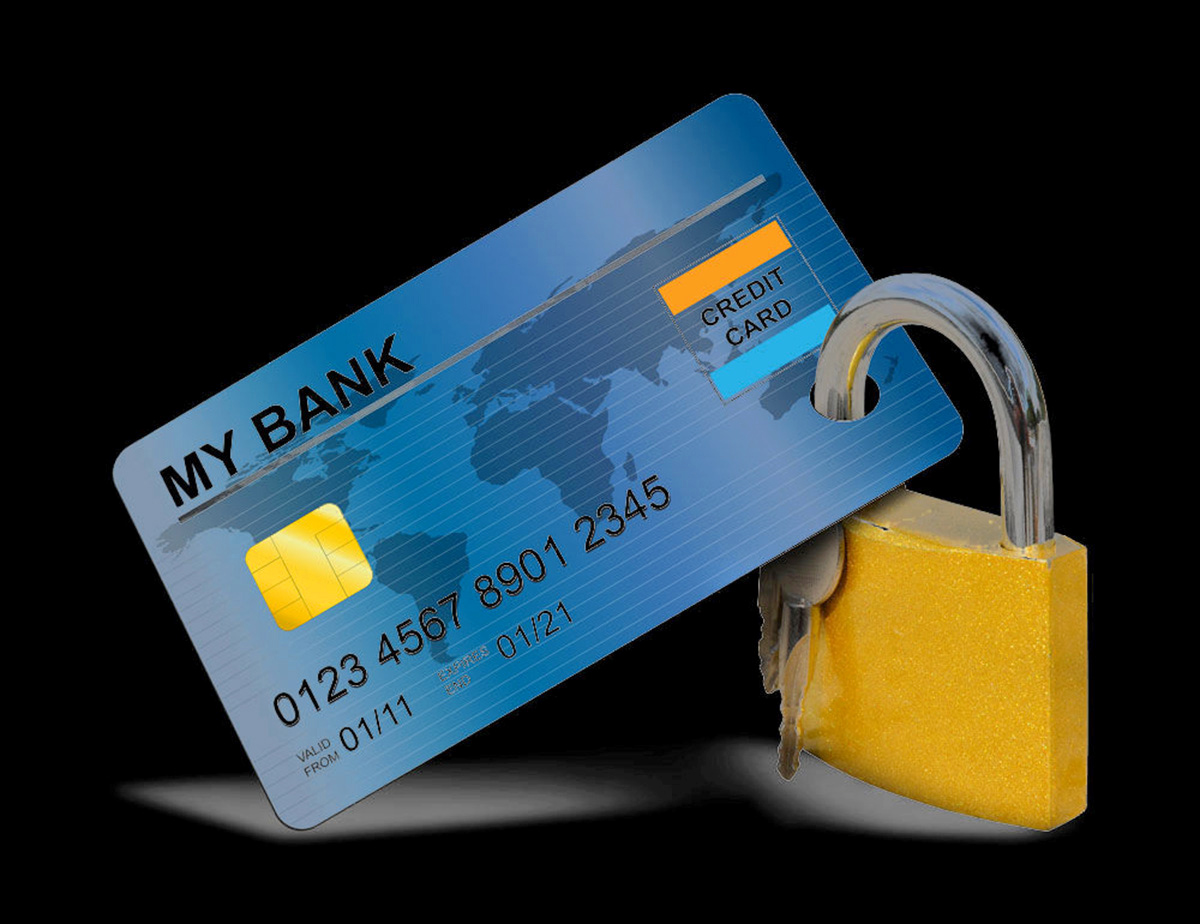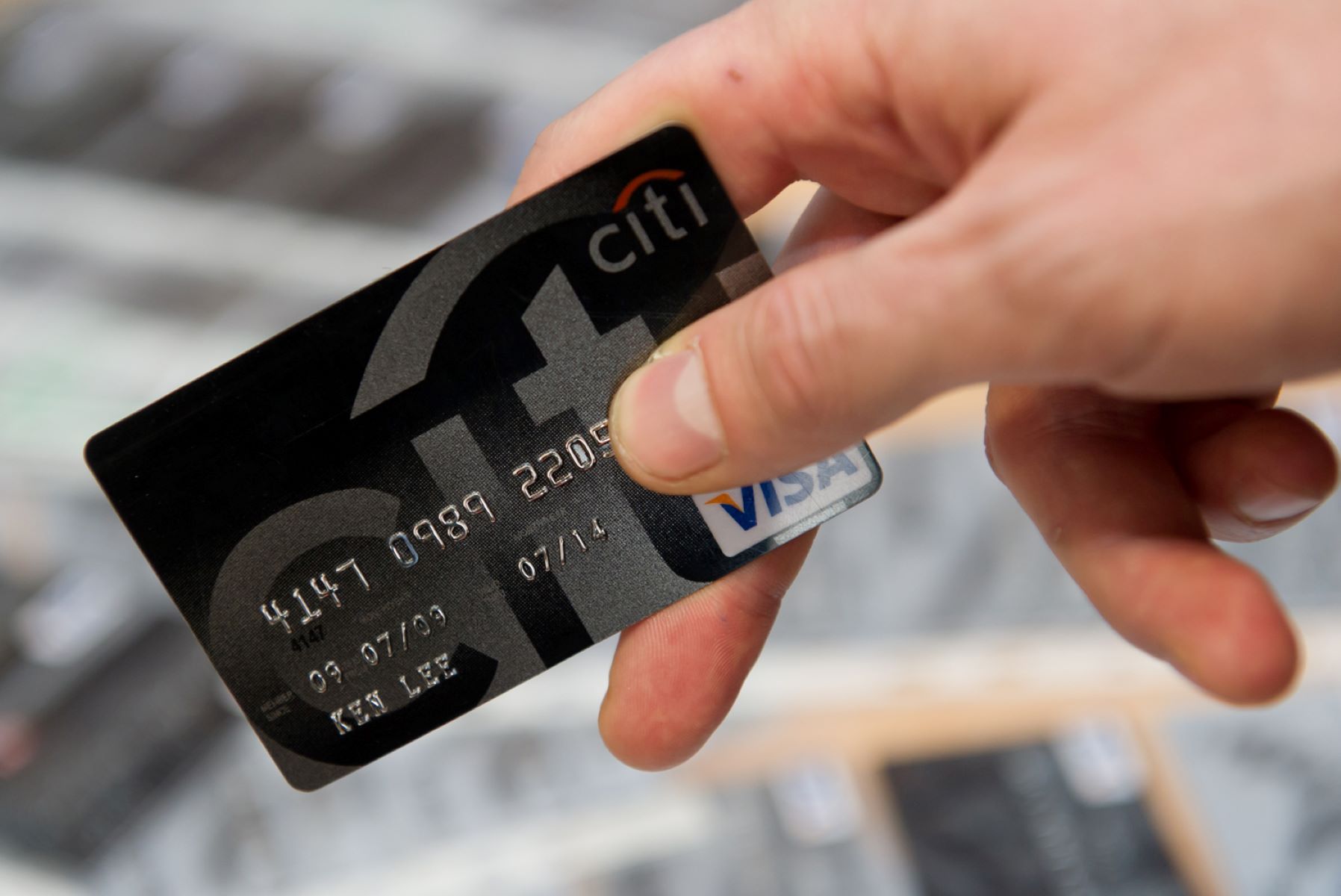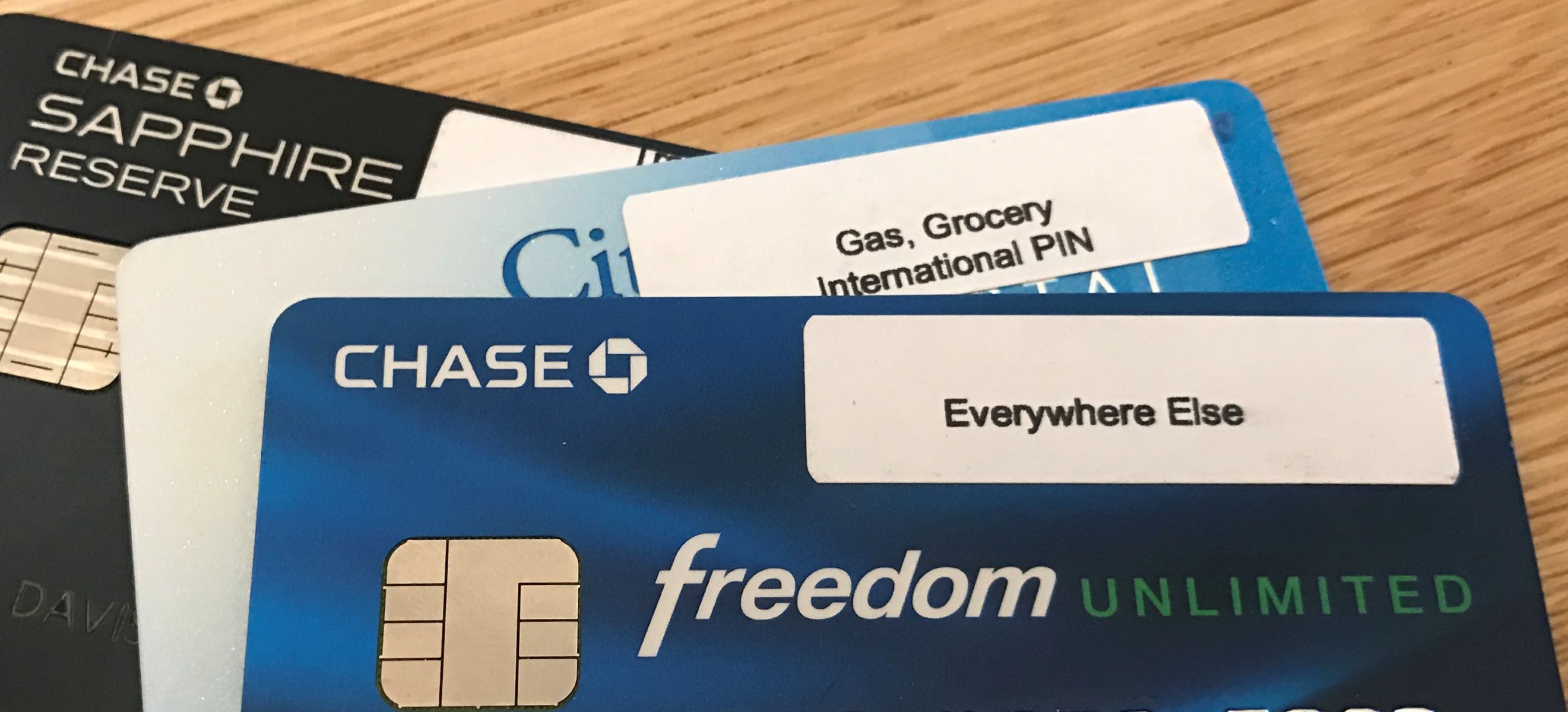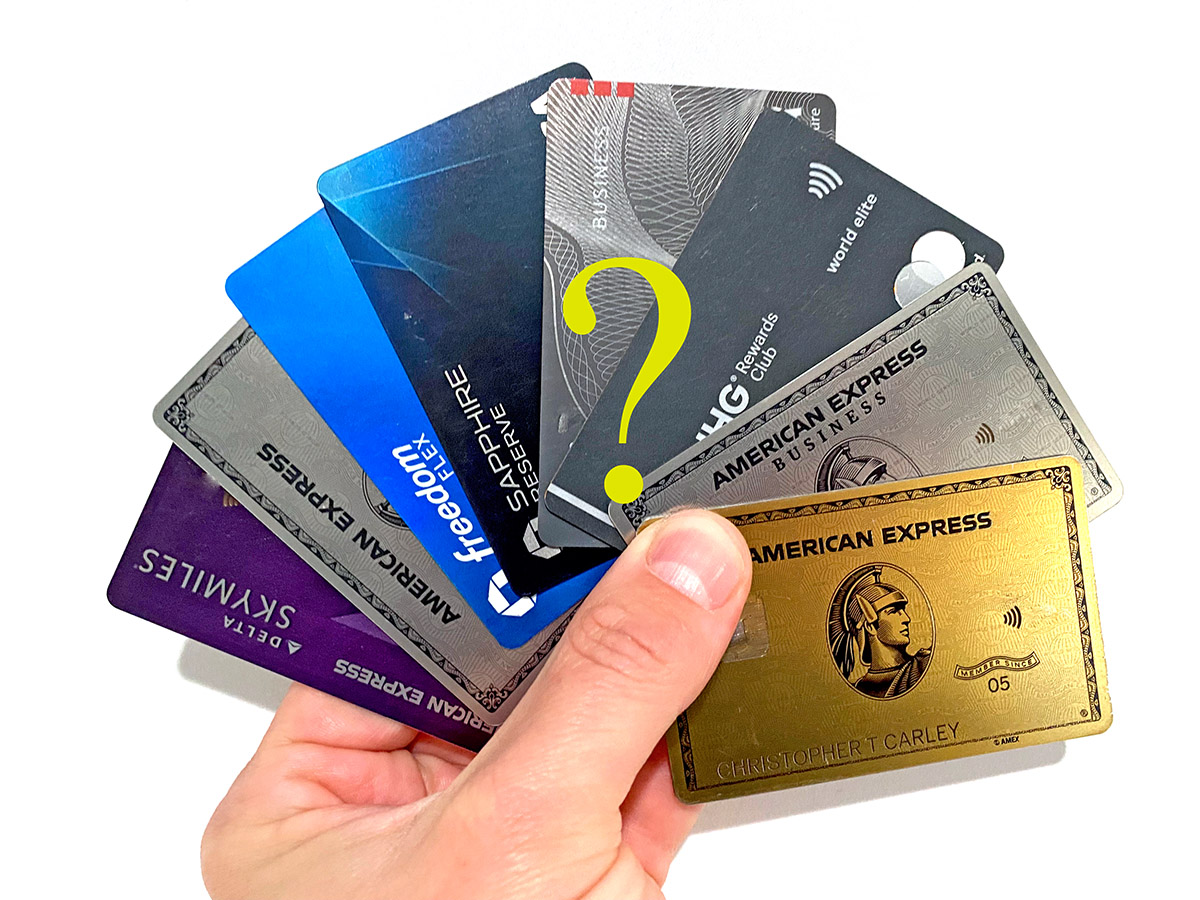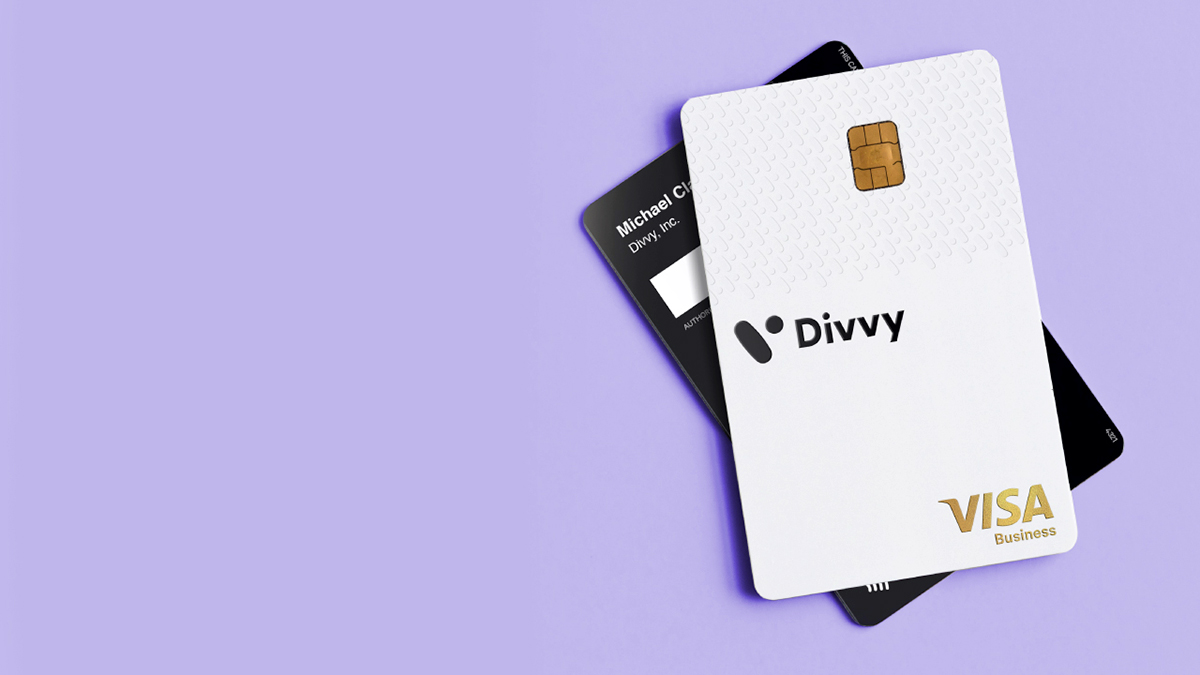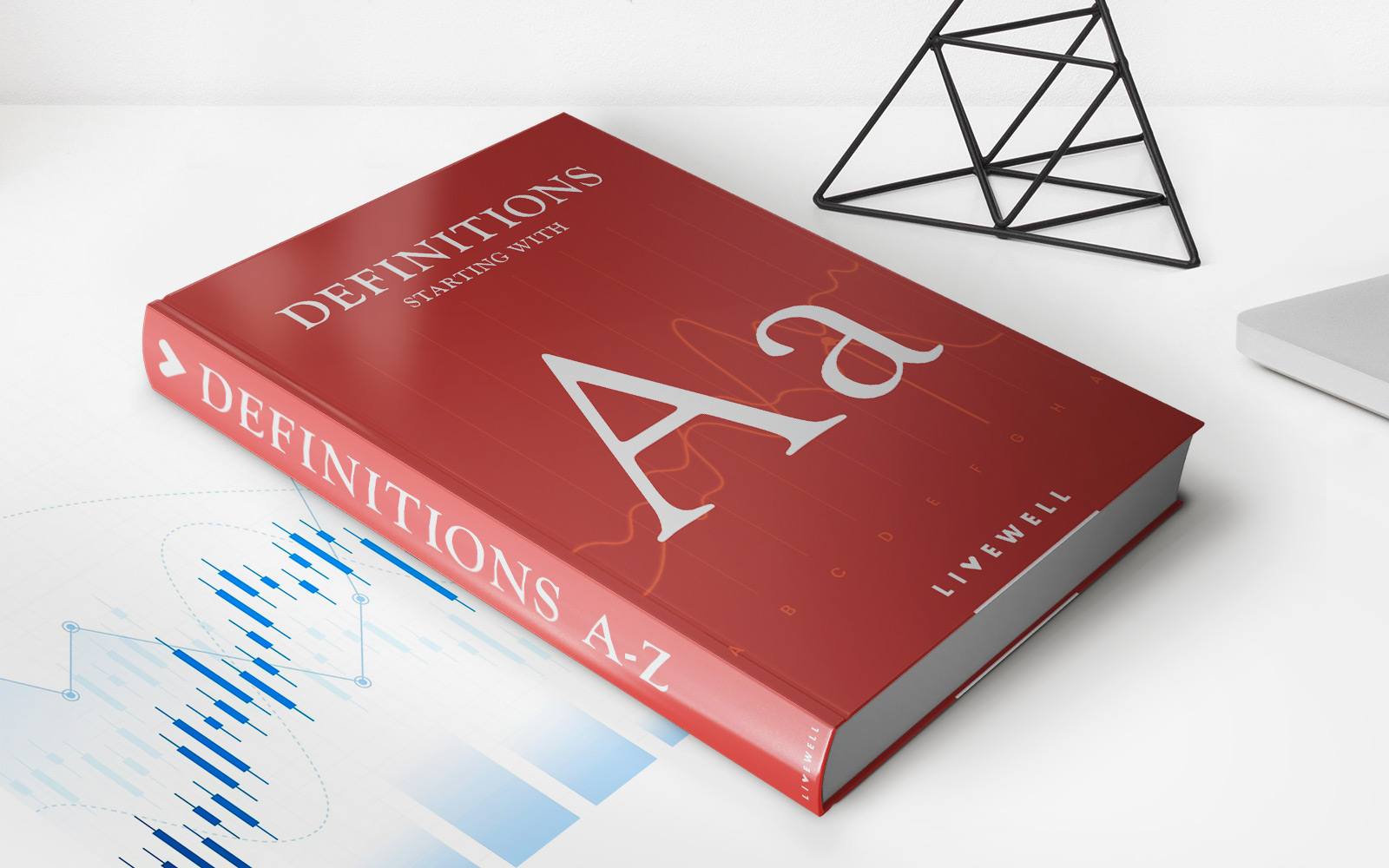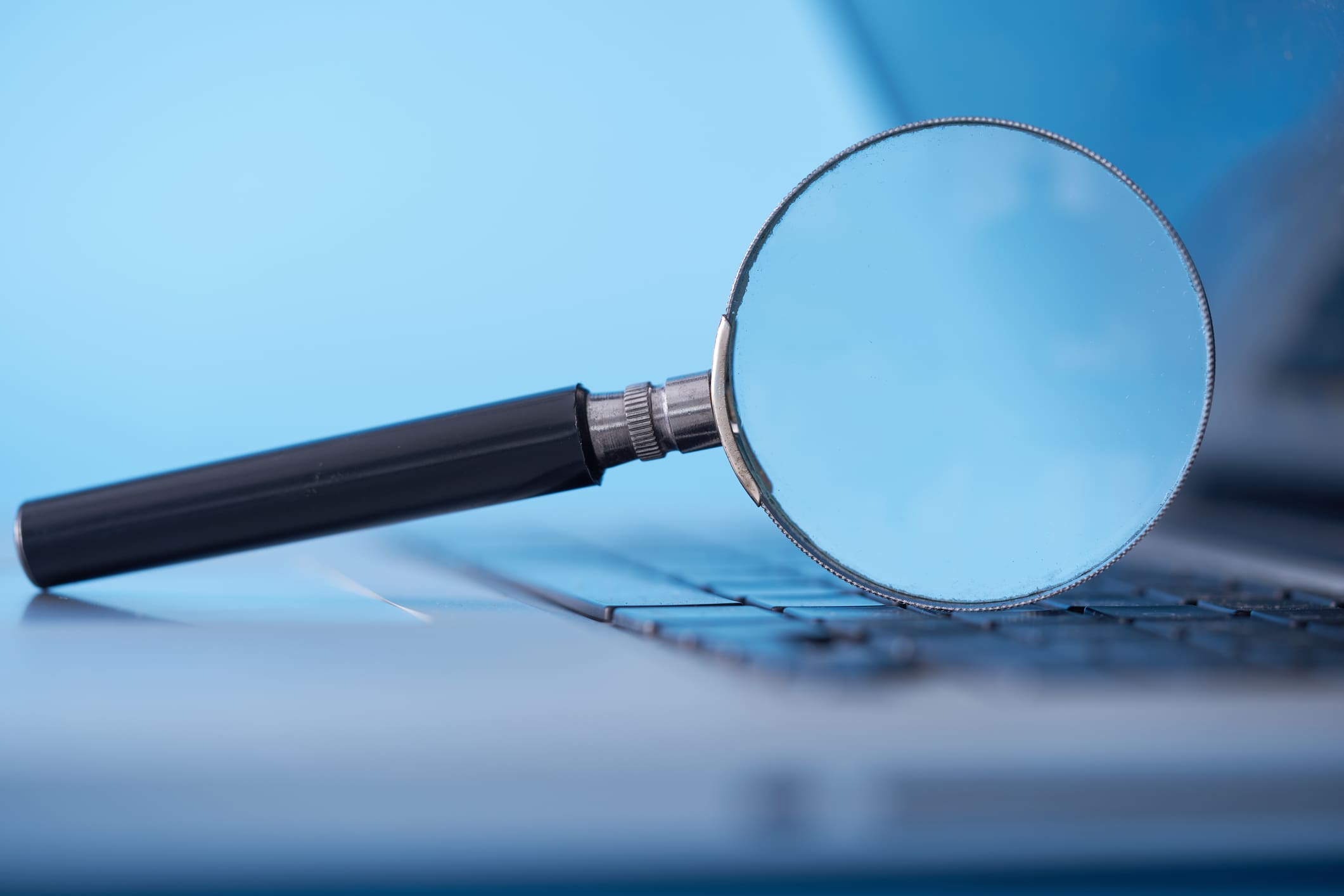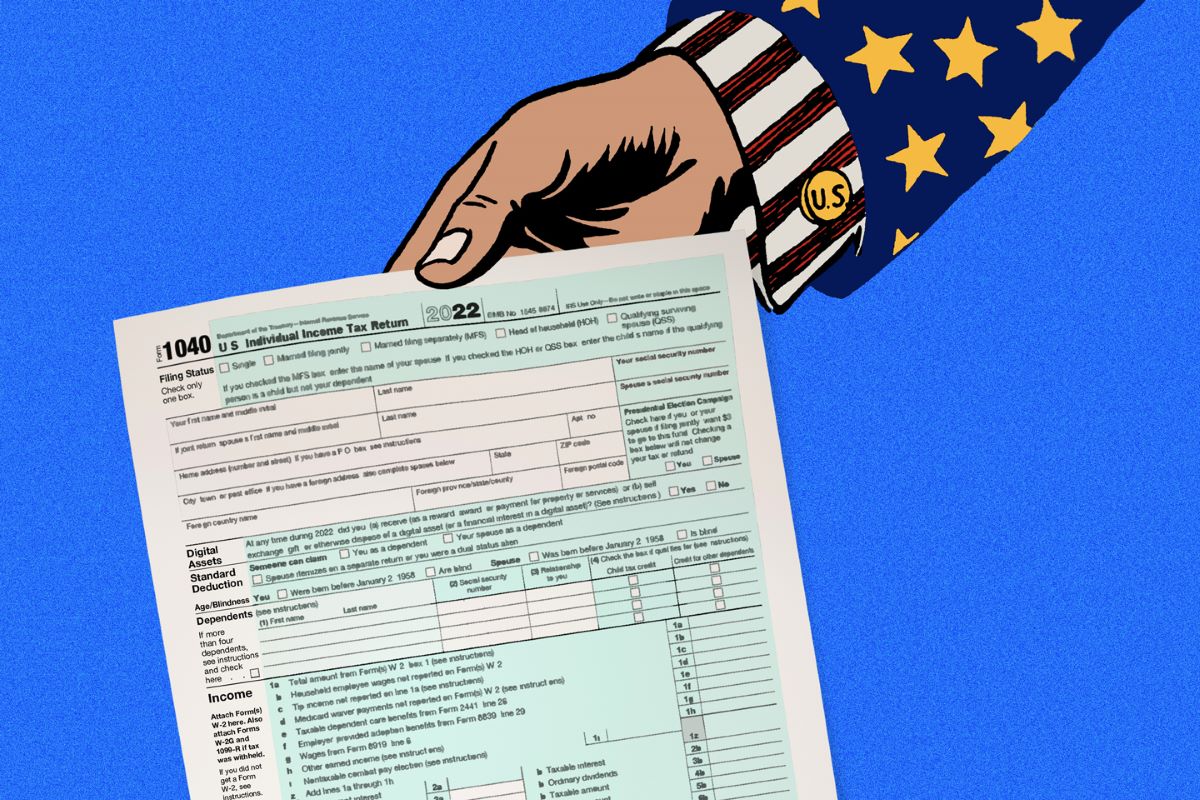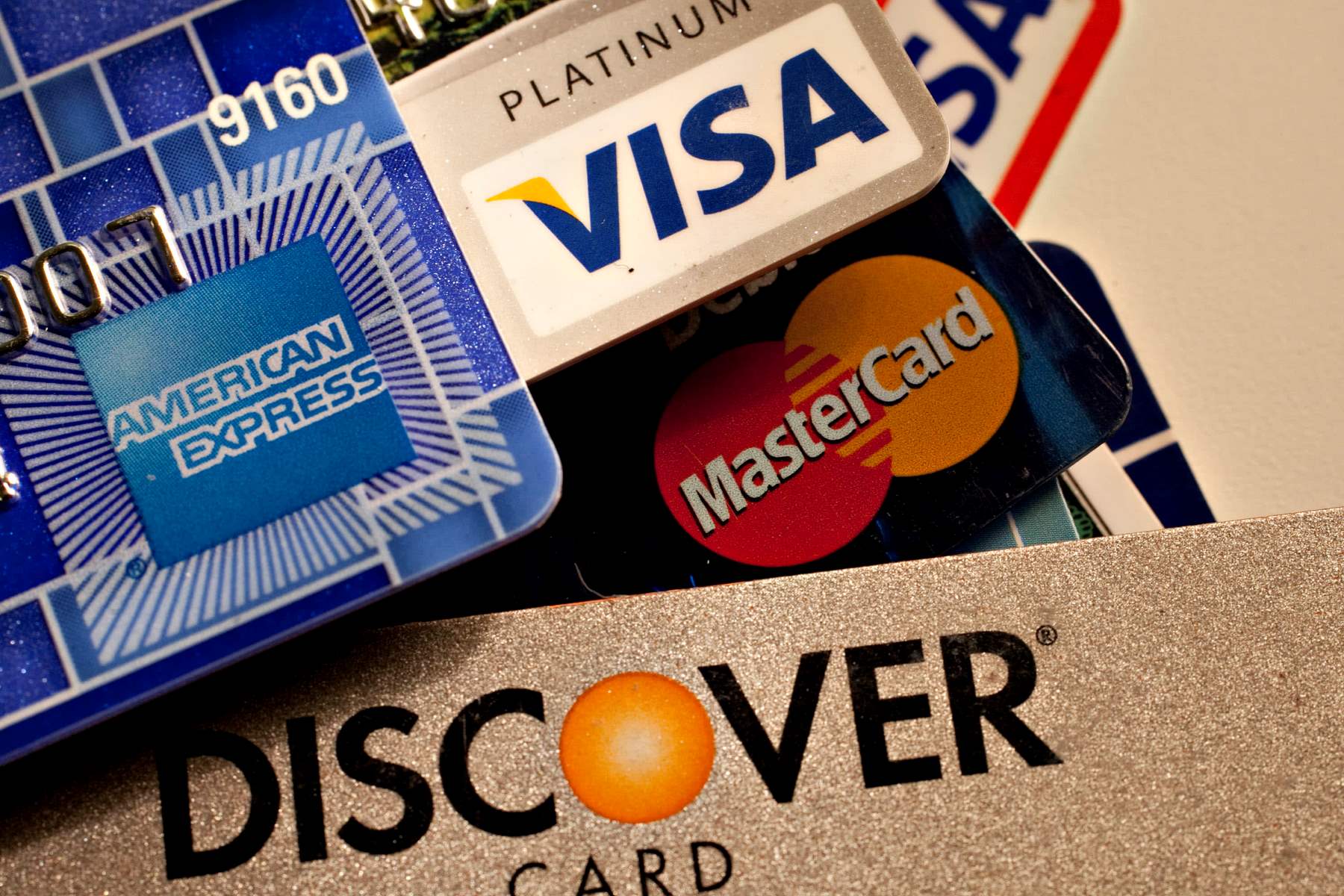

Finance
What Is Credit Card Abuse
Published: October 25, 2023
Learn about credit card abuse and its impact on personal finance. Discover how to protect yourself from financial fraud and safeguard your credit.
(Many of the links in this article redirect to a specific reviewed product. Your purchase of these products through affiliate links helps to generate commission for LiveWell, at no extra cost. Learn more)
Table of Contents
Introduction
Welcome to the world of credit cards, a convenient and widely-used form of payment that has become a staple in our modern society. With a credit card, you can make purchases and transactions without carrying cash, enjoying the flexibility of paying off your balance over time. While credit cards offer numerous benefits, it’s essential to use them responsibly and be aware of the potential for credit card abuse.
Credit card abuse refers to the misuse or improper handling of credit cards, leading to financial harm for the cardholder or others involved. It can take many forms, including fraudulent activities, unauthorized charges, exceeding credit limits, and spiraling into unmanageable debt. Unfortunately, credit card abuse has become increasingly prevalent in recent years, with criminals finding new ways to exploit unsuspecting victims.
In this article, we will delve into the various types of credit card abuse, the warning signs to watch out for, common methods employed by abusers, the severe consequences that can arise, and strategies to prevent becoming a victim of credit card abuse. By understanding these crucial aspects, you’ll be better equipped to protect yourself and make informed decisions when using your credit card.
It’s important to note that credit card abuse can affect anyone, regardless of their financial standing or background. Both individuals and businesses can fall victim to credit card abuse, and the impact can be financially and emotionally devastating. By educating ourselves about this issue, we can work towards creating a safer and more secure financial environment.
So let’s delve into the world of credit card abuse, exploring its different facets and discovering ways to protect ourselves from its harmful consequences.
Definition of Credit Card Abuse
Credit card abuse encompasses a range of activities that involve the improper use or exploitation of credit cards. It refers to any actions that violate the terms and conditions set by the credit card issuer, leading to financial loss for the cardholder or others involved. Credit card abuse can be intentional, such as in cases of fraud or identity theft, or it can stem from irresponsible financial behavior.
Some common examples of credit card abuse include:
- Unauthorized Charges: Making purchases on a credit card without the cardholder’s knowledge or permission.
- Exceeding Credit Limits: Going over the approved credit limit on a credit card, which can lead to penalties, fees, and potential damage to the cardholder’s credit score.
- Balance Transfers: Using credit cards to transfer balances from one card to another without a genuine intention to repay the debt.
- Cash Advances: Withdrawing cash from a credit card through ATM transactions or cashback options and failing to repay the borrowed amount promptly.
- Identity Theft: Stealing someone’s personal information to fraudulently obtain credit cards in their name or make unauthorized charges.
- Skimming: Illegally obtaining credit card information through devices placed on card readers, such as ATMs or point-of-sale terminals.
- Card Not Present (CNP) Fraud: Making purchases online or over the phone using stolen credit card information.
Credit card abuse can have severe consequences for both individuals and businesses. It can result in financial loss, damage to credit scores, and even legal repercussions. Additionally, credit card abuse can negatively impact trust within the financial system, making it more challenging for individuals and businesses to obtain credit in the future.
To address credit card abuse, credit card companies have implemented various security measures, including fraud detection systems, chip and PIN technology, and Two-Factor Authentication (2FA). However, it’s crucial for consumers to remain vigilant and take proactive steps to protect themselves from potential abuse.
In the following sections, we will explore the different types of credit card abuse in more detail and discuss strategies to prevent and address these issues effectively.
Types of Credit Card Abuse
Credit card abuse can manifest in various ways, with perpetrators employing different tactics to exploit credit cardholders and institutions. Understanding the different types of credit card abuse can help individuals and businesses recognize potential threats and take appropriate preventative measures. Here are some common types of credit card abuse:
- Fraudulent Charges: This occurs when unauthorized transactions are made using a stolen or counterfeit credit card. Fraudsters may obtain credit card information through various means, such as hacking, phishing scams, or card skimming. They then use this information to make purchases, often in large amounts, without the cardholder’s knowledge or consent.
- Identity Theft: In cases of identity theft, criminals gain access to personal information, such as social security numbers, addresses, and dates of birth. With this information, they can apply for credit cards in someone else’s name, max out the cards, and leave the victim with a significant amount of debt.
- Account Takeover: In an account takeover, fraudsters gain access to a victim’s credit card account by stealing login credentials or other personal information. Once they gain control, they can make unauthorized transactions, change account settings, and potentially even change the billing address to prevent the cardholder from receiving notifications.
- Card Not Present (CNP) Fraud: CNP fraud occurs when credit card information is used to make purchases online or over the phone without the physical presence of the card. Fraudsters obtain credit card details through various methods, such as phishing scams or hacking into online databases, and use the information to make fraudulent transactions.
- Skimming: Skimming involves the unauthorized capture of credit card information by attaching devices to card readers, such as ATMs or point-of-sale terminals. These devices, known as skimmers, record card details when customers swipe or insert their cards. Fraudsters then use the stolen information to make unauthorized purchases or create counterfeit cards.
- Debt Spiral: Debt spiral refers to a situation where cardholders accumulate excessive credit card debt due to overspending, high interest rates, and minimal payments. As the debt increases, it becomes increasingly difficult for individuals to repay, leading to financial stress, late payment fees, and even default.
It’s important for individuals and businesses to be aware of these types of credit card abuse and to stay vigilant in protecting their personal and financial information. By monitoring credit card statements regularly, utilizing strong passwords, and being cautious when sharing personal information online, individuals can reduce their risk of falling victim to credit card abuse.
In the next section, we will explore the signs and red flags that may indicate credit card abuse, allowing individuals and businesses to spot potential issues and take appropriate action.
Signs and Red Flags of Credit Card Abuse
Recognizing the signs and red flags of credit card abuse is crucial for early detection and prevention. By being aware of these indicators, individuals and businesses can promptly take action to mitigate potential damage. Here are some common signs and red flags that may indicate credit card abuse:
- Unauthorized Transactions: Any transactions appearing on credit card statements that the cardholder does not recognize or remember making can be a clear sign of credit card abuse. It’s essential to review statements carefully and report any suspicious activity to the card issuer immediately.
- Receiving Unknown Credit Cards: If individuals receive credit cards in the mail that they did not apply for, it could indicate that their identity has been compromised. This could be an attempt by fraudsters to open accounts in their name and engage in credit card abuse.
- Sudden Decrease in Credit Score: Credit card abuse, such as maxing out credit limits or missing payments, can negatively impact the cardholder’s credit score. If an individual notices a significant and unexplained decrease in their credit score, it may be a result of credit card abuse.
- Unexpected Collection Calls or Legal Notices: Receiving calls from collection agencies or legal notices about unpaid debts that one is unaware of can be a sign of credit card abuse. This could indicate that someone has used their credit card information to accumulate debts that they are now being held responsible for.
- Repeatedly Receiving Replacement Cards: If individuals frequently receive replacement credit cards without requesting them, it could indicate that their card information has been compromised. Fraudsters may be attempting to intercept the card and use it for their own purposes.
- Inaccurate Billing Information: If individuals notice changes to their billing address or other personal information without any action on their part, it could be a sign of credit card abuse. Fraudsters often try to change this information to hinder communication between the card issuer and the cardholder.
- Excessive Credit Inquiries: Multiple credit inquiries appearing on an individual’s credit report that they did not initiate could indicate that someone is attempting to open new credit accounts in their name, potentially for the purpose of credit card abuse.
It’s essential for individuals to actively monitor their credit card statements, credit reports, and any correspondence from credit card issuers. By staying vigilant and being proactive, individuals can identify signs of credit card abuse early and take immediate action to minimize the impact on their finances and creditworthiness.
In the next section, we will explore the common methods employed in credit card abuse, shedding light on the techniques and tactics used by fraudsters to exploit unsuspecting victims.
Common Methods Used in Credit Card Abuse
Criminals have developed various methods to engage in credit card abuse, taking advantage of vulnerabilities in the payment system and exploiting unsuspecting cardholders. Understanding these common methods can help individuals and businesses recognize potential threats and take necessary precautions. Here are some of the most prevalent methods used in credit card abuse:
- Phishing: Phishing involves fraudsters sending deceptive emails or creating fake websites designed to trick individuals into providing their personal and credit card information. These emails or sites often masquerade as legitimate institutions, such as banks or credit card companies, and request users to enter their login credentials or card details. Once obtained, the fraudsters can use this information for credit card abuse.
- Skimming: Skimming is the process of capturing credit card information using small devices placed on legitimate card readers, such as ATMs or point-of-sale terminals. These devices, known as skimmers, are designed to collect card data when the cardholder swipes or inserts their card. The stolen information is then used to create counterfeit cards or make fraudulent online purchases.
- Card Theft: Physical theft of credit cards remains a common method of credit card abuse. Criminals may steal wallets, purses, or even intercept mail to gain access to credit cards. They can then use the stolen cards to make unauthorized purchases before the cardholder realizes their cards are missing.
- Card Not Present (CNP) Fraud: CNP fraud occurs when credit card information is obtained without the physical presence of the card. This can happen through various means, including hacking into online databases, intercepting transaction data, or purchasing credit card information on the dark web. With the stolen information, criminals can make fraudulent online or phone transactions.
- Identity Theft: Identity theft involves the unauthorized use of someone’s personal information to open credit card accounts or make fraudulent transactions. This method often requires criminals to obtain sensitive information, such as social security numbers and addresses, which they then use to impersonate the victim and apply for credit cards.
- Account Takeover: In an account takeover, fraudsters gain access to a victim’s credit card account by stealing login credentials or other personal information. Once inside the account, they can make unauthorized transactions, change contact information, and potentially change the billing address to prevent the cardholder from receiving notifications.
- Internal Fraud: Credit card abuse can also occur from within organizations. Employees with access to customer information or card processing systems may misuse this access to perform unauthorized transactions or sell customer data to fraudsters.
To protect against these methods of credit card abuse, individuals and businesses should exercise caution when sharing personal information, regularly review credit card statements for any suspicious activity, and report any lost or stolen cards immediately. It’s also advisable to use secure online payment platforms and keep anti-virus and anti-malware software up to date to mitigate the risk of falling victim to credit card abuse.
In the next section, we will discuss the consequences that can arise from credit card abuse, highlighting the potential financial, legal, and emotional impacts on victims.
Consequences of Credit Card Abuse
Credit card abuse can have far-reaching consequences for both individuals and businesses, impacting them financially, legally, and emotionally. Understanding these potential consequences emphasizes the importance of taking proactive measures to prevent and address credit card abuse. Here are some of the most significant consequences that can arise from credit card abuse:
- Financial Loss: Perhaps the most immediate and direct consequence of credit card abuse is the financial loss experienced by the victim. Fraudulent charges and unauthorized transactions can result in significant monetary damages, leading to increased credit card debt and potential difficulty in repaying the balance.
- Damage to Credit Score: Credit card abuse can damage a victim’s credit score. Maxing out credit limits, missing payments, and falling into debt can have a negative impact on creditworthiness. A lower credit score can make it more challenging to secure loans, obtain favorable interest rates, or even be approved for rental agreements or employment opportunities.
- Legal Consequences: In cases of credit card abuse, victims may find themselves dealing with legal ramifications. If the abuse involves identity theft or fraud, victims may need to work with law enforcement agencies and legal advisors to resolve the situation. They may also have to testify or provide evidence in court proceedings.
- Disputed Charges: Resolving disputed charges resulting from credit card abuse can be a time-consuming and stressful process. Victims may have to navigate complex investigations with credit card issuers and financial institutions to verify fraudulent transactions and recover their losses.
- Emotional Distress: Credit card abuse can take a toll on a victim’s emotional well-being. The sense of violation, loss of trust, and the stress of dealing with the aftermath of credit card abuse can cause anxiety, fear, and a general feeling of insecurity. Victims may also experience a sense of powerlessness and frustration due to the lengthy and complex recovery process.
- Damaged Reputation: If credit card abuse occurs within a business context, it can harm the reputation of the company or organization. Customers may lose trust if their financial information is compromised, potentially leading to decreased sales, negative publicity, and long-term damage to the company’s brand.
It is essential for victims of credit card abuse to take immediate action, such as reporting the abuse to their credit card issuer, freezing affected accounts, and working with the necessary authorities to resolve the situation and mitigate further damage.
By staying vigilant, regularly monitoring credit card statements, and promptly reporting any suspicious activity, individuals and businesses can minimize the potential consequences of credit card abuse. Implementing strong security measures and educating oneself about the risks associated with credit card abuse are also vital for maintaining financial health and protecting against future incidents.
Next, we will explore strategies and tips to prevent credit card abuse, helping individuals and businesses safeguard their financial well-being.
Preventing Credit Card Abuse
Prevention is key when it comes to credit card abuse. By implementing proactive measures and following best practices, individuals and businesses can significantly reduce the risk of falling victim to credit card abuse. Here are some strategies and tips to prevent credit card abuse:
- Guard Your Personal Information: Protect your personal and credit card information by being cautious about who you share it with. Be wary of providing sensitive information over the phone or through email, especially if you did not initiate the contact. Legitimate financial institutions and reputable online merchants will never ask for your personal information unsolicited.
- Secure Online Transactions: When making online purchases, ensure that the website is secure by looking for the padlock symbol in the address bar and checking that the web address begins with “https”. Avoid entering credit card details on unsecured websites or those you do not trust.
- Monitor Your Credit Card Statements: Regularly review your credit card statements in detail to spot any unauthorized transactions or suspicious activity. If you notice any discrepancies, contact your credit card issuer immediately to report the issue and dispute fraudulent charges.
- Create Strong Passwords: Use unique and complex passwords for your online accounts, including your credit card account. Combine uppercase and lowercase letters, numbers, and special characters to make it harder for hackers to crack your passwords. Avoid using easily guessable information like your name or birthdate.
- Keep Software Updated: Regularly update your computer and mobile device software, including antivirus programs and operating systems, to protect against malware and other security vulnerabilities that could compromise your personal information.
- Be Wary of Public Wi-Fi: Avoid making financial transactions or accessing sensitive information when connected to public Wi-Fi networks. Public networks are often unsecured, making it easier for cybercriminals to intercept your data. If possible, use a virtual private network (VPN) to encrypt your internet connection.
- Enable Account Alerts: Take advantage of account alerts provided by your credit card issuer. These notifications can alert you to any suspicious activity, such as large purchases or transactions made in foreign countries, allowing you to respond quickly and take necessary actions.
- Review Your Credit Report: Regularly check your credit report for any unfamiliar accounts, inquiries, or inaccuracies. Monitoring your credit report can help you identify any potential signs of credit card abuse or identity theft.
- Shred Financial Documents: Dispose of financial documents, such as credit card statements and receipts, by shredding them before throwing them away. This helps prevent potential identity thieves from accessing your personal information.
By incorporating these preventive measures into your financial habits, you can significantly reduce the risk of credit card abuse. Additionally, staying informed about the latest security practices and being cautious when sharing personal information online are essential in maintaining your financial security.
In the next section, we will discuss the importance of reporting credit card abuse promptly and the steps to take if you believe you have become a victim.
Reporting Credit Card Abuse
If you believe you have become a victim of credit card abuse, it’s crucial to take immediate action to protect yourself and mitigate the damage. Reporting the incident promptly can help stop further fraudulent activity and expedite the resolution process. Here are the steps to take when reporting credit card abuse:
- Contact Your Credit Card Issuer: As soon as you notice any unauthorized charges or suspicious activity on your credit card statement, contact your credit card issuer immediately. Most issuers have dedicated helplines to report fraudulent activity. Provide them with all relevant information, such as the date, time, and amount of the unauthorized transactions, and any other details that may be requested.
- Freeze or Close Your Account: Depending on the severity of the credit card abuse, you may choose to freeze your account temporarily or close it altogether. Freezing your account can prevent further unauthorized charges while investigations take place. Closing your account may be necessary if the abuse is ongoing or your information has been compromised. However, be aware that closing an account can impact your credit score, so discuss the implications with your credit card issuer before making a decision.
- File a Police Report: If you believe you have been a victim of identity theft or you suspect that the credit card abuse is part of a larger criminal activity, file a police report. Provide them with all the evidence, including copies of your credit card statements, any emails or correspondence related to the abuse, and any additional information that can assist in their investigation.
- Notify Credit Reporting Agencies: Contact the major credit reporting agencies, such as Equifax, Experian, and TransUnion, to inform them of the credit card abuse. Request that a fraud alert be placed on your credit report to help prevent further fraudulent activity.
- Monitor Your Accounts and Credit: Continuously monitor your credit card statements, bank accounts, and credit reports for any further signs of credit card abuse. Keep track of any new accounts or inquiries that may indicate identity theft. Reporting any additional unauthorized activity promptly can help in resolving the issue more effectively.
- Keep Documentation: Throughout the reporting and resolution process, keep detailed records of all communication, including dates, times, and names of the representatives you have spoken with. This documentation can be critical if you need to provide evidence or follow up on the progress of your case.
- Stay Informed: Stay updated on the progress of the investigation with your credit card issuer and any other relevant authorities involved. Ask for regular updates and request copies of any reports or documentation related to the credit card abuse.
Remember, swift and proactive reporting is key to addressing credit card abuse effectively. By reporting promptly, you can limit the potential financial damage, reduce your liability, and increase the chances of recovering any losses incurred as a result of the abuse.
In the next section, we will conclude the article and summarize the key points discussed regarding credit card abuse and how to protect yourself against it.
Conclusion
Credit card abuse is a pervasive problem that can have significant repercussions for individuals and businesses alike. It encompasses a range of activities, from unauthorized transactions and identity theft to fraudulent schemes and financial irresponsibility. Understanding the various types of credit card abuse, the red flags to watch out for, and the common methods used by fraudsters is crucial in protecting yourself from falling victim to this threat.
Prevention is key when it comes to credit card abuse. By implementing best practices such as safeguarding personal information, securing online transactions, monitoring credit card statements, creating strong passwords, and using secure networks, you can significantly reduce the risk of credit card abuse.
In the unfortunate event that you become a victim of credit card abuse, it is essential to report the incident promptly. Contact your credit card issuer to inform them of the unauthorized activity, consider freezing or closing your account, file a police report if necessary, and notify credit reporting agencies to place a fraud alert on your credit report. By taking these steps, you can begin the process of resolving the issue and mitigating the potential damage.
Remember, staying informed and vigilant is crucial in protecting yourself against credit card abuse. Regularly monitor your accounts, review your credit reports, and educate yourself on the latest security measures and scams to stay one step ahead of fraudsters.
By prioritizing prevention, promptly reporting any issues, and staying proactive in safeguarding your financial information, you can minimize the risk of credit card abuse and ensure a more secure financial future.


